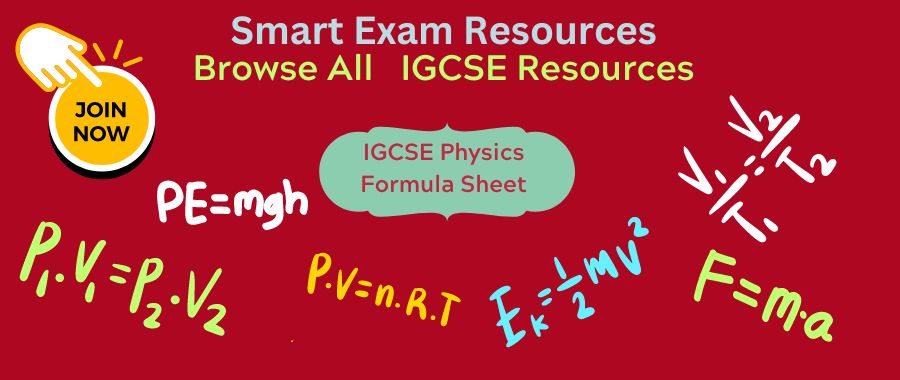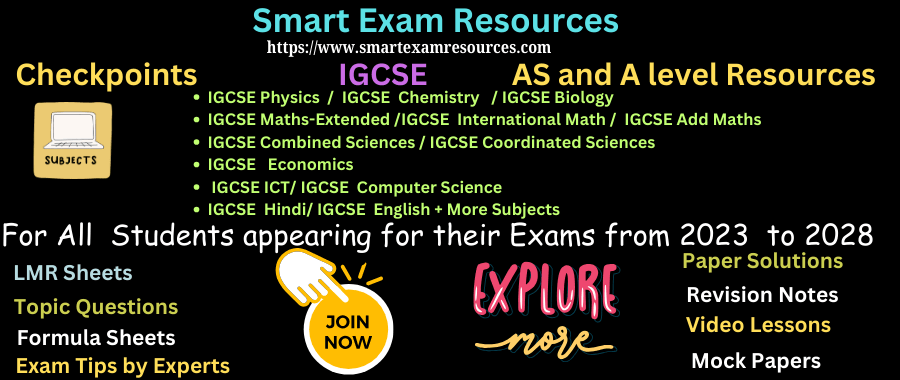Following is the complete list of IGCSE Formulae for IGCSE Physics. These formulae are valid for the examinations in the years 2023 / 2024 / 2025 / 2026 / 2027 Exams.


Add new formulas by pasting them under the correct letter list above. No coding needed.
This lesson does not have any formulae
© Smart Exam Resources — IGCSE Physics formula sheet
Write a public review